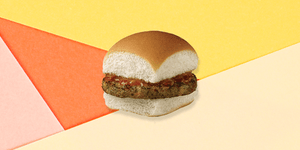You Might Not Want To Switch To A Vegan Diet Overnight
Going vegan is kind of like building your own IKEA furniture. It seems like a great idea in theory (nutrients! lower cholesterol! helping the environment!). But when it comes down to putting the pieces together…umm, it’s not exactly easy.
“A vegan diet can be hard to start, mostly because you don’t know what to eat,” says plant-based nutritionist, Emily Wood, RD. Some new vegans don’t choose the healthiest options(looking at you, super-processed meat alternatives), which may cause fatigue and irritability. Plus, ditching some of your favorite foods (hey there, cheese) could leave you feeling deprived, and not so keen on persisting, she explains.
That said, though, it can certainly be a worthy cause. Done right, a vegan diet offers loads of health benefits—and environmental benefits.
“Eating a healthy vegan diet can help reduce the risk of developing chronic diseases, like heart disease, stroke, certain cancers, and diabetes, which are the leading causes of disability and death in the U.S.,” says public health nutritionist Tracye McQuirter, MPH, author of Ageless Vegan: The Secret to Living a Long and Healthy Plant-Based Life.
Not to mention, “the factory farming of nine billion cows, chickens, and pigs each year to produce meat and dairy causes more global warming than all of the world’s transportation combined,” McQuirter says. That makes nixing animal products an easy win for Mother Nature.
Ultimately, whatever your motivation for swapping animal foods for plants, understanding how to go vegan healthfully will ensure you make the lifestyle switch stick. Consider this your step-by-step guide to powering your life with plants.
1. Don’t quit meat cold turkey
If you feel pressured to go 100 percent vegan overnight, don’t. “I’m all for people transitioning at the speed in which they feel comfortable,” says Wood.
She recommends taking one of two gradual approaches:
- Cut out one thing at a time. Start by eliminating red meat. Then two weeks later, poultry and fish. Another two weeks later, nix dairy and eggs, and so forth.
- Become a part-time vegan. Or, aim to ditch animal products three days a week, and allow yourself to stick to your current diet the other days. After a couple of weeks, start to slowly scale back on your meat-eating days.
As you transition, give yourself permission to slip-up, Wood says. Don’t beat yourself up if you eat a piece of cheese at a party. Just do the best you can as you acclimate to the diet. After all, veganism is a marathon, not a sprint.
2. Set a go-to vegan grocery list
Let’s face it: Grocery runs can be seriously stressful when you’re new to eating a plant-based diet, says New York-based nutritionist Stacey K. Leung, RD.
To avoid the overwhelm, make a list of some go-to vegan staples you enjoy eating before you hit the store.
Of course, a wide variety of fruits, vegetables, and whole grains are all on the table. And if you’re concerned about protein, rest assured: “Plenty of plant-foods contain protein, like all types of beans, lentils, nuts, seeds, nut butters, seitan, tofu, and even certain vegetables,” Leung says.
3. Invest in a few solid cookbooks
To ramp up excitement around your new way of eating, treat yourself to a few vegan cookbooks.
“Vegan cookbooks are great because you’ll typically have 100-plus proven and delicious recipes from your favorite and trusted authors at your fingertips to use over and over again,” says McQuirter.
Whatever type of cuisine you want to try, there’s a cookbook out there to help you do it, vegan-style.
4. Save vegan recipes online
“A big issue people have is coming up with inventive meals to eat,” explains Wood.
If you’re not the cookbook type and don’t know what the heck to eat on a vegan diet, take to the internet, suggests Wood.
Bookmark some go-to vegan dinner recipes on your browser, create a Pinterest board for recipes, and save drool-worthy vegan recipe posts on Instagram.
This way, you’ll always have meal ideas ready to go when you’re pressed for time or simply don’t know what to cook, which means you’re less likely to resort to takeout and grab something not-so-vegan when you’re hangry.
Need inspo? Try these tried-and-true vegan recipes:
5. Learn to meal prep
Meal prepping might sound intimidating—how many Tupperware containers do you need? In truth, it’s as easy as cooking one serving. Just double, triple, or quadruple your ingredients, and voila: you’ve got ready-made food for a week.
Though meal prepping sounds like a lot of work, it can ultimately make sticking to a vegan diet a whole lot easier (especially before eating this way is second nature), says McQuirter.
Over the weekend, batch-cook grains (like black, brown or wild rice, quinoa, millet, or barley), wash and dry greens (like kale and collards), and chop onions, garlic, peppers, and mushrooms in the food processor, she recommends.
For filling fiber and protein, prep batches of beans like lentils, black beans, and cannellini beans. This way, you have plenty of different ingredients and toppings ready for soups, salads, tacos, wraps, and more.
6. Find plant-based substitutes for your favorite foods
To make a vegan diet sustainable (and avoid feeling bored or deprived), seek out plant-based versions of animal products you may miss.
If you’re a big fan of yogurt for breakfast, for example, try coconut yogurt or other non-dairy yogurts instead. Struggling to imagine life without cheese? Vegan cheeses are tastier than ever. And if you’re a meat-lover at heart, there are plenty of nutritionist-approved meat substitutes out there that will hit the spot.
Just keep one tip in mind: “Try to pick the products with the fewest processed ingredients, if possible,” Wood says.
7. Read menus before eating out
There’s nothing worse than showing up to a new restaurant only to find that the vegan item on the menu is French fries. To avoid surprises, check out restaurant menus online or call ahead to make sure you’ll be able to find a vegan-friendly meal.
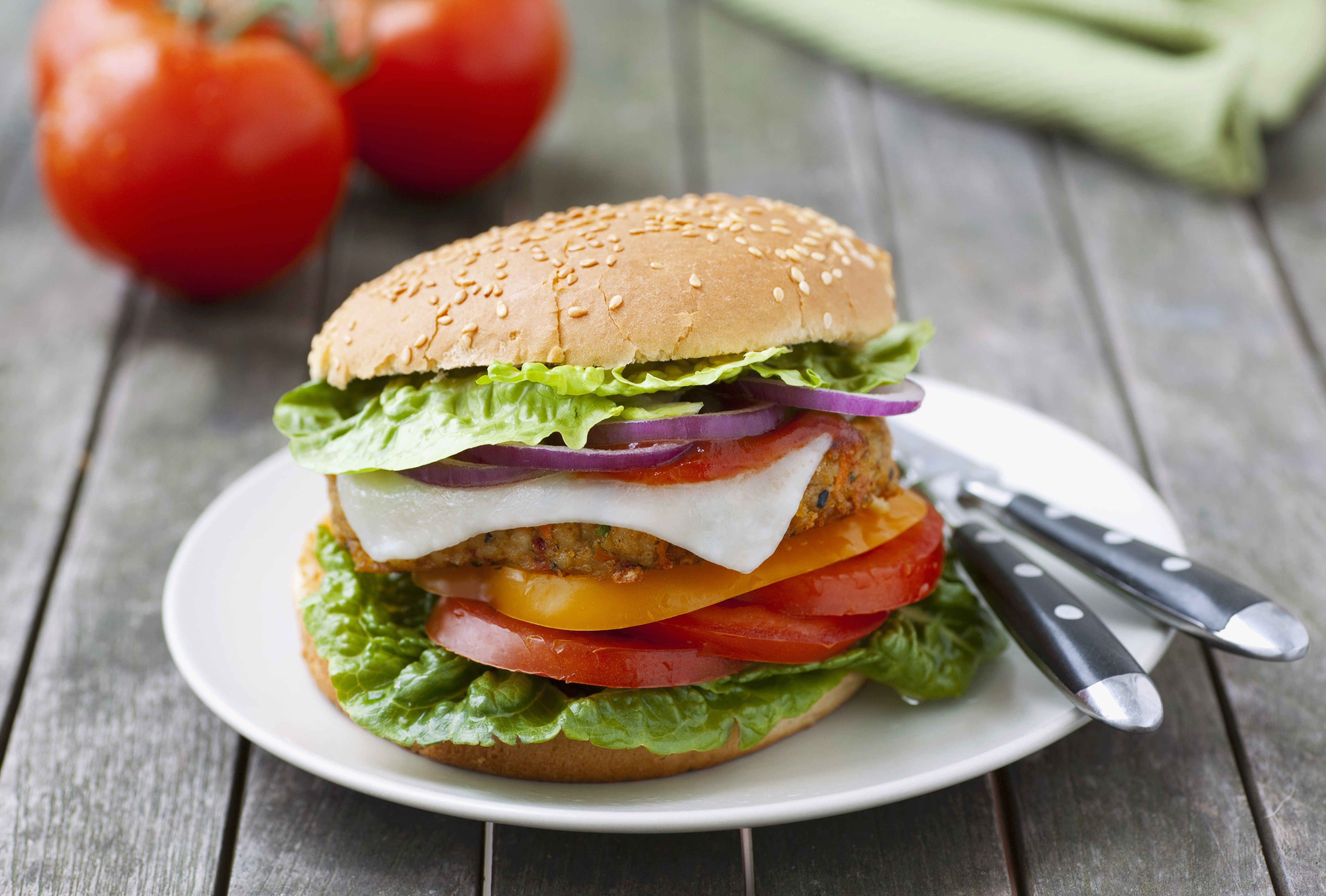
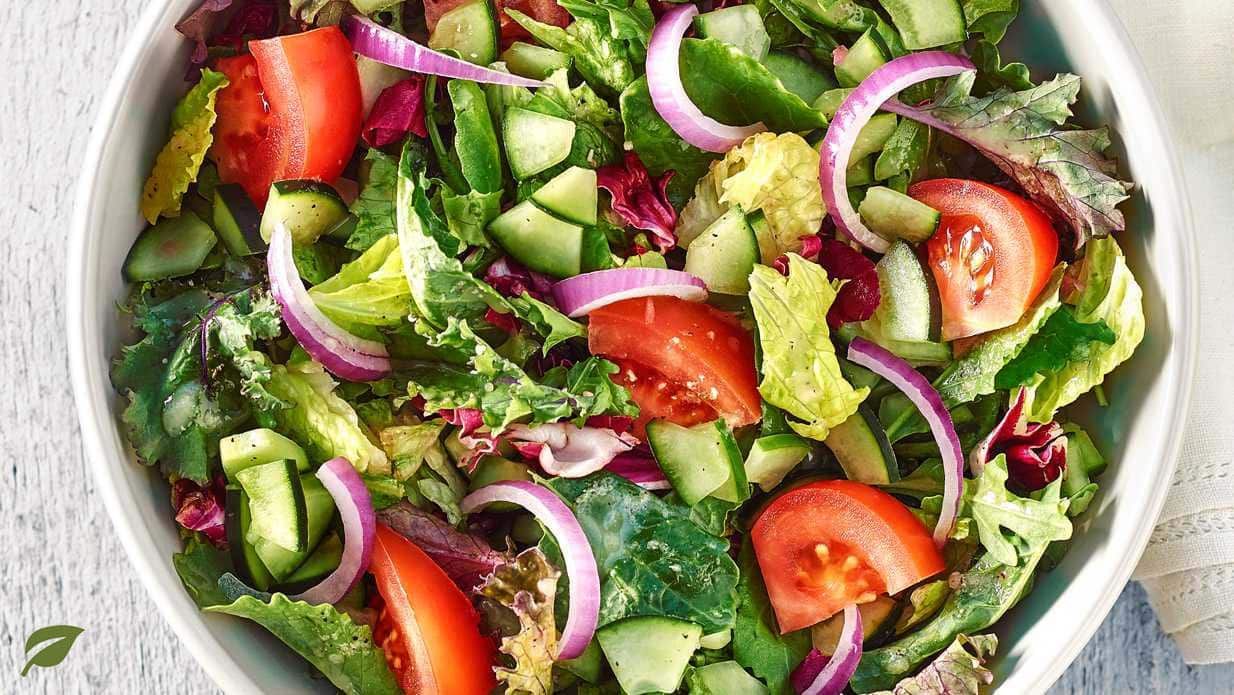
FYI:Certain cuisines may safer bets than others, McQuirter says. Ethiopian, Indian, Mexican, and Italian joints are often more likely to have vegetarian- and vegan-friendly eats. (Certain fast food joints offer more plant-based eats than others, too.)
Luckily, though, “most places do have vegan options these days,” says McQuirter. “Still, if all else fails, you can always ask for something simple, like vegetables sautéed or roasted in oil over rice or a baked sweet potato.”
Just do your due diligence and make sure food isn’t cooked in butter, lard, or beef, chicken, or fish stock, and that sauces are free of egg, cheese, or meat.
8. Carry snacks with you
If you find yourself at a party with zero vegan eats, you’d best be well-stocked on snacks.
“Keeping a stash of your favorite vegan snacks means always being prepared during those times when no other food is available or when you’re not sure if the food is vegan,” says McQuirter.
Her go-to’s: fruits, nuts, plant-based energy bars, air-popped popcorn, baked chips, whole-grain crackers, homemade muffins, or even peanut butter and jam sandwiches on whole-grain bread.
9. Invest in marinades and sauces
Though meat substitutes like tofu and tempeh are quite tasteless on their own, they absorb flavor extremely well, according to Leung. That’s why investing in a few marinades is key.
“Tofu, tempeh, and beans can be easily flavored and tailored to your taste and the recipe you’re making,” Leung says. Heck, you can even season them just like you would a steak or piece of chicken.
To keep your taste buds engaged, stock up on a few different sauces, like teriyaki, spicy harissa, and even BBQ.
Here are a few vegan-friendly options to try:
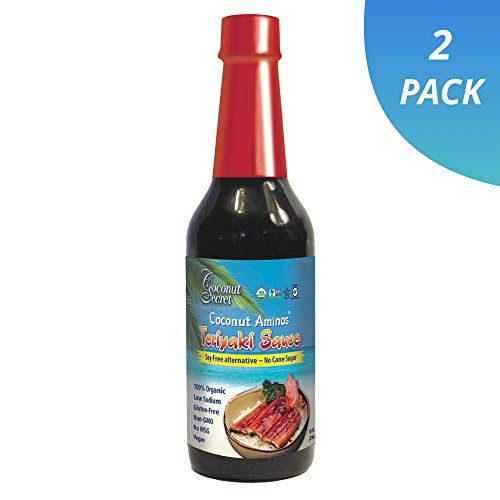 Coconut Aminos Teriyaki SauceCOCONUT SECRETamazon.com$16.64SHOP NOW
Coconut Aminos Teriyaki SauceCOCONUT SECRETamazon.com$16.64SHOP NOW
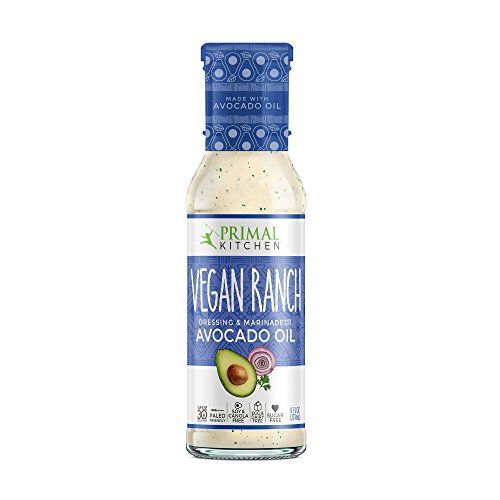 Vegan Ranch Dressing and MarinadePrimal Kitchenamazon.com$16.25SHOP NOW
Vegan Ranch Dressing and MarinadePrimal Kitchenamazon.com$16.25SHOP NOW
 BBQ Ranch Dressing and MarinadePrimal Kitchenamazon.com$8.84SHOP NOW
BBQ Ranch Dressing and MarinadePrimal Kitchenamazon.com$8.84SHOP NOW
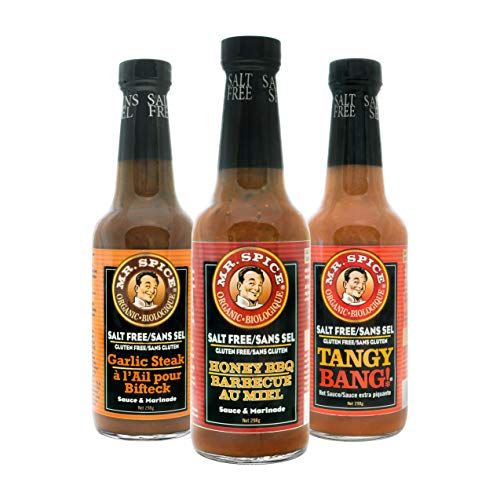 Mr. Spice 3-Pack OrganicMr. Spiceamazon.com$21.99SHOP NOW
Mr. Spice 3-Pack OrganicMr. Spiceamazon.com$21.99SHOP NOW
10. Incorporate new ingredients
Another way to keep your new vegan diet enticing: Experiment with vegan-friendly ingredients you may not have tried before, suggests Wood.
From nutritional yeast, to kombu, to all sorts of nut butters, new ingredients and flavors make any way of eating fun and interesting.
11. Avoid vegan junk food whenever possible
Despite all of the potential benefits of a vegan diet, not all vegan foods are automatically healthy.
“Junk food vegans are totally a thing,” says Wood. Because, yes, a diet compromised of French fries and dairy-free baked foods is still technically vegan.
Want to know what a vegan celeb keeps in her house? Check out Alicia Silverstone’s fridge:
“I notice that people usually have more energy after adopting a vegan diet, but that’s only if they’re fueling themselves properly,” she explains. Focus your eats on whole foods like legumes, whole grains, nuts and seeds, and healthy fats—and remember that vegan treats are still treats.
12. Seek out vitamin B12
While a vegan diet can provide plenty of the essential vitamins and minerals required for health, it doesn’t offer vitamin B12, which is found mainly in animal products like eggs and meat.
Low levels of the vitamin (which helps build red blood cells, among other things) can cause a variety of uncomfortable symptoms.
Luckily for plant-eaters, “B12 is found in nutritional yeas and fortified cereals and non-dairy milks,” says Leung. Otherwise, you can always opt for a supplement.
13. Don’t stress about gaining weight at first
While a vegan diet is often associated with weight loss, some people may experience the opposite at first.
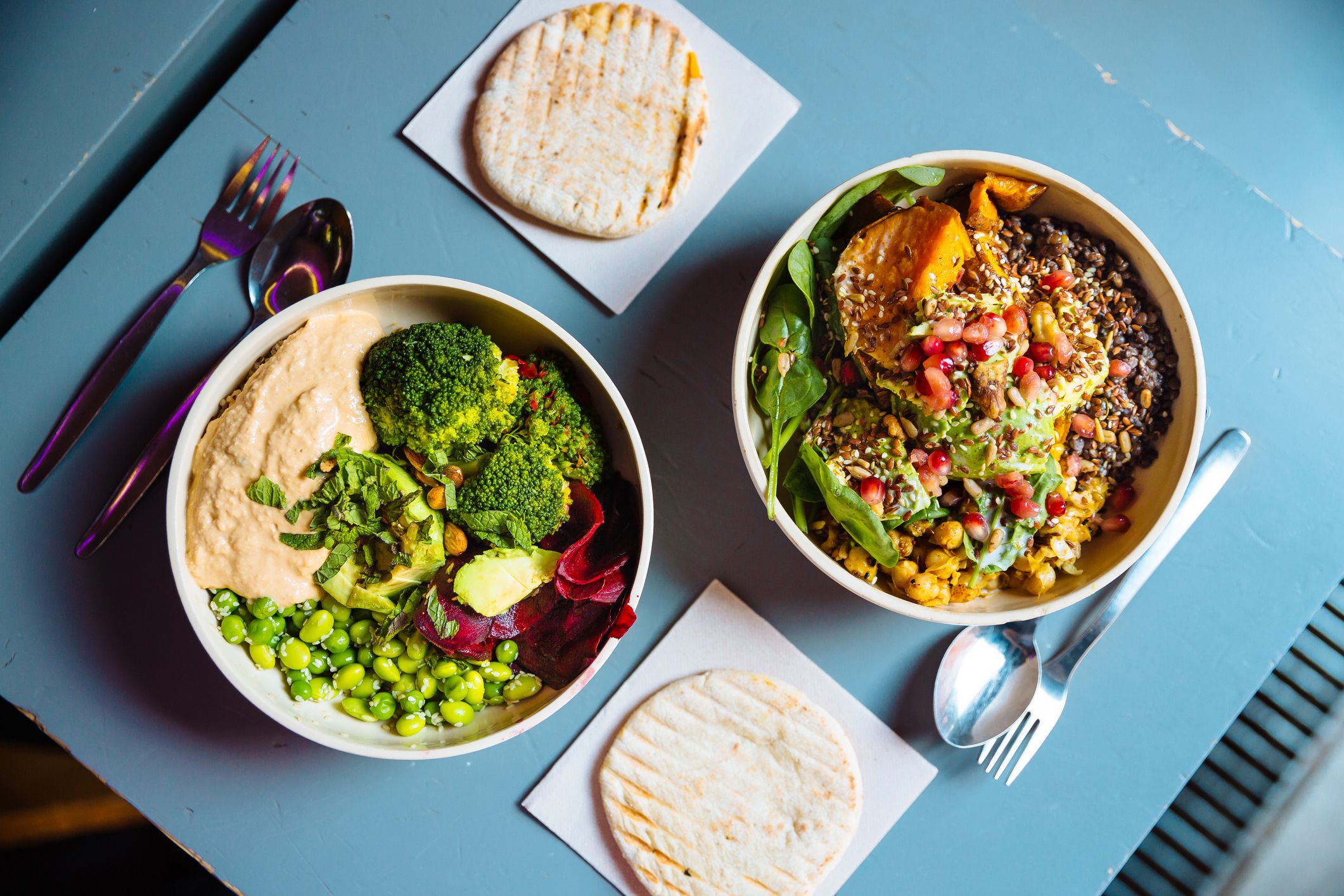
Don’t give up just yet; often, it just takes some time for your body to acclimate to a new diet, and your weight will regulate itself in time, says Wood.
That said, if after few months you still feel like you’re gaining weight, focus on eating healthy portion sizes. “Often times, people feel lighter on a vegan diet, and they confuse that with feeling hungrier,” says Wood.
And, again, make sure you’re eating fresh, unprocessed foods, which provide fiber to keep you feeling full and satisfied.
14. Lean on your support network
If you’re undertaking this vegan adventure without friends and family, finding a support network can make the transition a lot easier.
Whether it’s a co-worker, social media, message boards, or a local vegan organization, the vegan community is out there. “This is exactly why I created the 10,000 Black Vegan Women program: to help women go vegan in a supportive online community,” says McQuirter.
If your family and friends meet your new vegan lifestyle with resistance, remember: “You are doing this for you and that’s important and enough,” says McQuirter. Lean on your own network of support and be available for your family and friends if they have questions.
“Who knows, your example might be the inspiration they need to start their own vegan journeys,” she suggests.
15. Talk to a nutritionist
If you feel truly overwhelmed by all the changes it takes to adopt a vegan diet, consider asking a nutritionist for assistance. There are tons of plant-based RDs out there who can help troubleshoot any specific issues you’re having, whether that’s figuring out what to eat to fuel your workout schedule or how to navigate eating out.
You don’t necessarily have to stick with this person for the long term, either. A nutritionist can help you navigate your transition to eating only plant-based foods and then hand over the reins once you’ve got it mastered.
Source: Read Full Article

